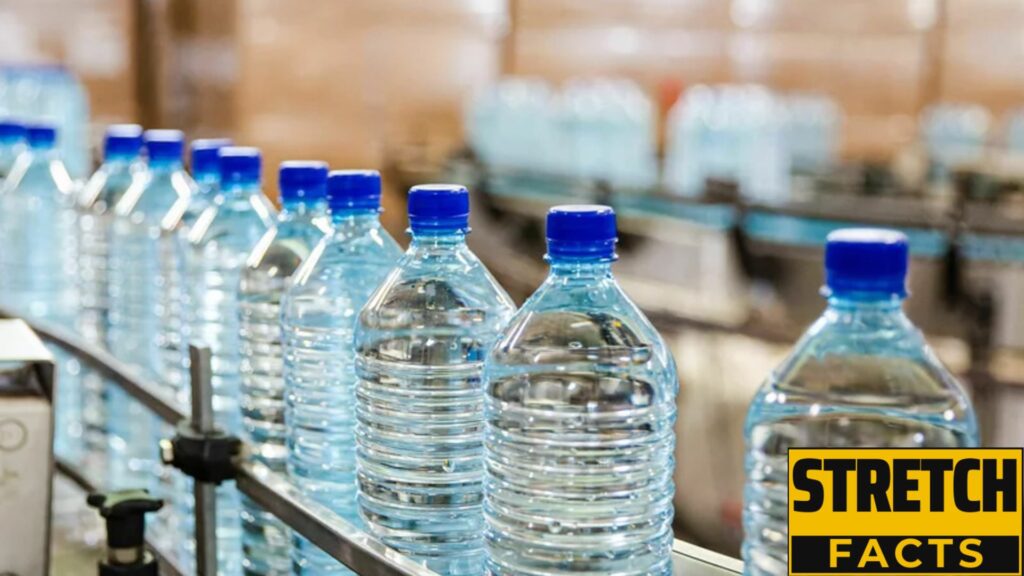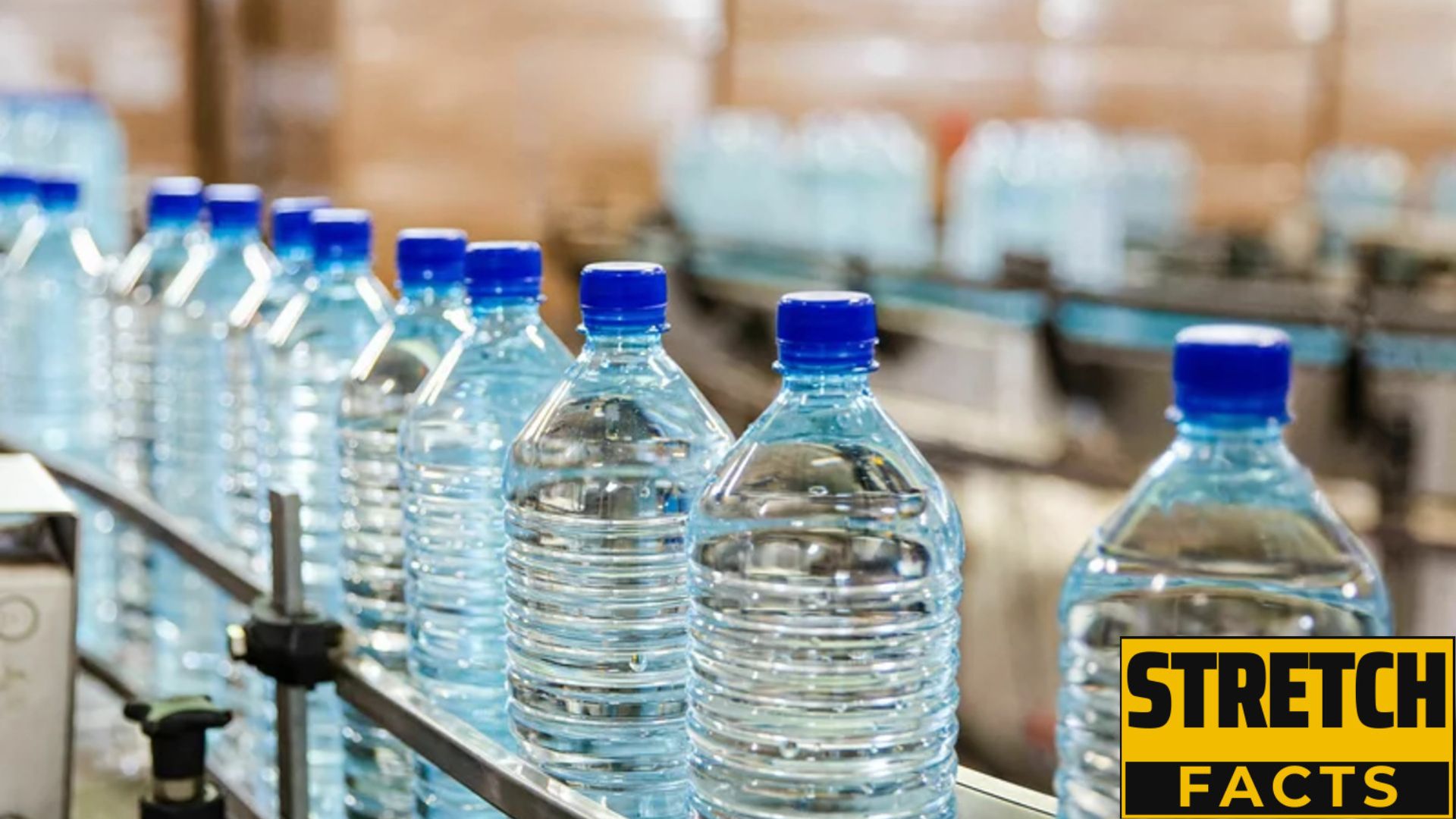In a groundbreaking study conducted by researchers from Columbia University and Rutgers University, the presence of an unprecedented number of plastic particles in bottled water has been revealed, raising concerns about the potential health implications for consumers. The study, published in the Proceedings of the National Academy of Sciences, sheds light on the pervasive issue of plastic contamination and the alarming concentrations found in these commonly consumed beverages.
The researchers employed advanced technology, specifically stimulated Raman scattering (SRS) microscopy with machine learning, to detect plastic fragments in three different brands of bottled water. Astonishingly, they uncovered approximately 240,000 detectable plastic particles per liter, a concentration surpassing previous estimates by 10 to 100 times.
Notably, the study distinguished between two types of plastic particles: microplastics, measuring between 5 millimeters and 1 micrometer, and nanoplastics, particles less than 1 micrometer in size. Shockingly, 90% of the identified particles were nanoplastics, a revelation that raises concerns about their potential to be more hazardous than their larger counterparts. Wei Min, a professor of chemistry at Columbia University, emphasized the risks posed by nanoplastics, stating that their smaller size makes it easier for them to be misidentified as natural components within cells.
Micro- and Nanoplastics in Bottled Water
The study’s significance lies not only in the detection of these particles but also in the methodology employed, using machine learning to identify seven common types of plastic: polyamide 66, polypropylene, polyethylene, polymethyl methacrylate, polyvinyl chloride, polystyrene, and polyethylene terephthalate. However, the researchers acknowledge that the identified particles represent only 10% of the total, leaving room for speculation about the nature of the remaining particles—whether minerals, other types of plastics, or something else.
While the International Bottled Water Association, representing water bottlers and distributors, has expressed limited notice and time to review the study, it emphasizes the need for a comprehensive scientific review and standardized methods for measuring nanoplastics. The association argues that there is no scientific consensus on the potential health impacts of nano- and microplastic particles, cautioning against unnecessary consumer alarm.

One intriguing hypothesis put forth by the researchers is that some plastic particles in bottled water could be shedding from the very plastic used in water filters. This ironic revelation underscores the pervasive nature of plastic pollution and its unintended consequences, even in seemingly unrelated contexts.
Phoebe Stapleton, a study co-author and professor of pharmacology and toxicology at Rutgers University, highlighted the significance of the research, noting that while the presence of nanoplastics in water was known, quantifying and visualizing them was a significant challenge. The study not only provides a visual representation but also allows for quantification and a deeper understanding of the chemistry involved.
Looking ahead, the researchers plan to extend their investigation to tap water, air, food, and human tissues, using the same technology to unveil the invisible world of plastic particles in these various mediums. With over 440 million tons of plastic produced annually and approximately 80% ending up in landfills or the environment, the study underscores the urgent need for increased awareness, research, and sustainable solutions to address the global plastic crisis.
The revelation of plastic particles in bottled water has far-reaching implications for human health. Microplastics, which constitute 10% of the identified particles, have already been found in diverse human tissues, including lungs, excrement, blood, and placentas. In a 2018 study, an average of 325 pieces of microplastics were discovered in a liter of bottled water. However, the current study unveils an even more concerning aspect: the prevalence of nanoplastics, which could be potentially more harmful due to their ability to be misidentified as natural components within the human body.
Nanoplastics, being smaller in size, might have a higher propensity to infiltrate cells and tissues, leading to potential health risks that are not yet fully understood. Wei Min, the chemistry professor involved in the study, emphasizes the need for a thorough investigation into the health impacts of nanoplastics, considering their unique characteristics and potential interactions with biological systems.
The International Bottled Water Association’s response reflects the industry’s cautious stance, emphasizing the need for a rigorous scientific review and standardized measurement methods for nanoplastics. While the study raises concerns about the levels of plastic contamination in bottled water, the association argues that media reports may inadvertently cause unnecessary panic among consumers, especially given the lack of a scientific consensus on the health effects of nano- and microplastics.
Despite the industry’s reservations, the researchers believe their findings are a crucial step toward understanding the extent of plastic pollution and its potential consequences for human health. Phoebe Stapleton, the pharmacology and toxicology professor, notes that the research not only provides a computer-generated image of nanoplastics but also facilitates quantification and a deeper understanding of their chemistry. This, in turn, can pave the way for more targeted research into the health implications of plastic ingestion.
The research team’s future plans to explore plastic particles in tap water, air, food, and human tissues indicate a commitment to comprehensively understanding the scope of plastic pollution across various mediums. By using the same advanced technology, they aim to shed light on the invisible world of plastic particles, providing a holistic view of their presence and potential impact on human and environmental health.
The study serves as a stark reminder of the global plastic crisis, with humans producing over 440 million tons of plastic annually and approximately 80% of it ending up in landfills or the environment. As the world grapples with the environmental repercussions of plastic waste, this research brings attention to the intimate relationship between plastics and everyday consumption, urging a reevaluation of our reliance on single-use plastics.
The discovery of elevated levels of micro- and nanoplastics in bottled water underscores the urgent need for increased awareness, research, and sustainable solutions to address the pervasive issue of plastic pollution. The study not only reveals the extent of plastic contamination but also prompts critical questions about its potential health impacts on consumers. As research continues to unveil the hidden world of plastic particles in various facets of our lives, it is imperative to prioritize environmentally friendly practices and policies to mitigate the impact of plastic pollution on our planet and ourselves.
